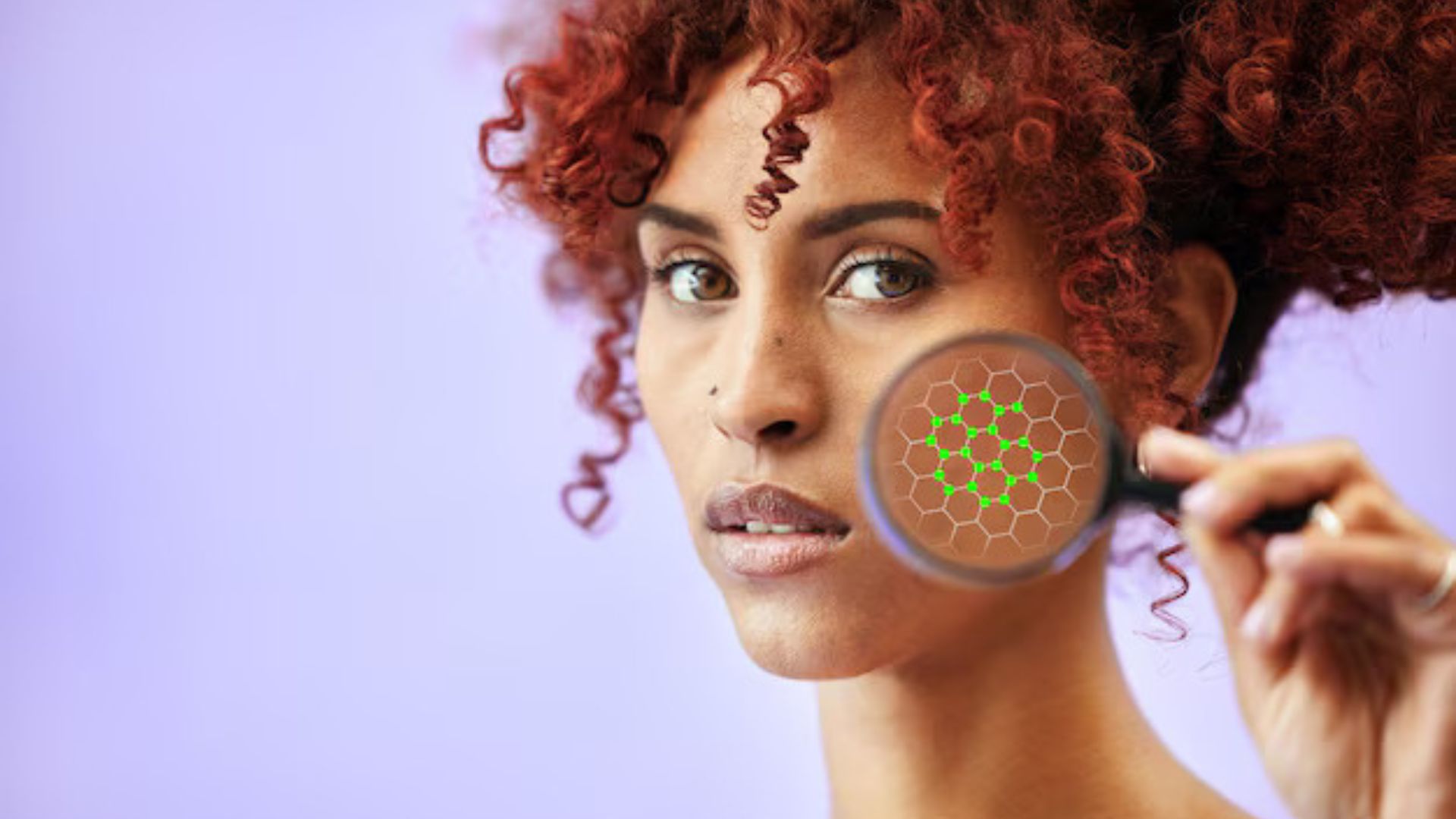

Skin Cancer: Is it genetic?
Skin cancer can be genetic. Although there are several factors that can lead to skin cancer, mainly exposure to UV radiation frequently, genetics also plays a vital role.
Risk of developing melanoma and other skin cancers can increase due to overexposure to ultraviolet (UV) radiation from the sun and tanning beds, having many moles or atypical moles, having fair skin, a history of sunburns, a family history of skin cancer, a weakened immune system, and exposure to certain chemicals like PCBs.
How To Know If Skin Cancer is Genetic?
You can tell if skin cancer might have a genetic component by reviewing your family history, as a diagnosis of melanoma or other skin cancers in a close relative can indicate an increased personal risk.
For confirmation, genetic screening through DNA testing can identify specific gene mutations linked to hereditary skin cancer, while a dermatologist can also assess your risk through their clinical evaluation and may refer you to a genetics counsellor for further guidance on testing and counselling. Factors suggesting a genetic link are:
- A family history of melanoma or basal cell carcinoma, especially at younger ages, is a significant indicator of a potentially hereditary predisposition.
- Having a large number of common moles or having unusual moles can increase your risk.
- Certain gene mutations can cause hereditary cancer predisposition syndromes, which include a higher risk for skin cancers like melanoma.
- A dermatologist can provide an assessment of your skin and family history, helping to determine if further investigation is warranted.
Skin Cancer: Genetic and Important Considerations
| Genetic Factors | Other Considerations | Preventions and More |
| 40% of hereditary melanomas are linked to germline mutations in the CDKN2A gene, located on chromosome 9p21. This gene is a high-penetrance susceptibility gene for familial melanoma and is also associated with an increased risk of pancreatic cancer. A pathogenic variant in the PTCH1 or PTCH2 gene can lead to Basal Cell Nevus Syndrome, increasing the risk for basal cell carcinoma (BCC). Xeroderma Pigmentosum (XP) is an autosomal recessive genetic disorder where a defect in DNA repair mechanisms leaves cells more vulnerable to damage from UV light, increasing the risk of BCC, SCC, and melanoma. Genetic factors do not act in isolation. UV radiation from sun exposure is the main cause of skin damage that leads to cancer. In individuals with genetic predispositions, UV radiation can damage existing moles and increase the risk of them becoming malignant. | Exposure to UV light from the sun and indoor tanning beds is the primary environmental cause of skin cancer and can damage cell DNA. A history of sunburns, particularly those that result in blisters, significantly increases he risk of developing skin cancer later in life. Individuals who have had skin cancer before are at a higher risk of developing it again. A compromised immune system, due to disease or immunosuppressive medications, can reduce the body’s ability to fight off cancerous cells. | Sun protection is key to skin cancer prevention. Protect yourself from peak sun hours, UV radiation overexposure and wear protective gear. Use sunscreen and reapply every two hours. Self-examination is necessary along with professional assessment. Visit a dermatologist regularly for professional assessments, especially if you have a family history of skin cancer, significant sun exposure, or a history of tanning bed use. Maintain a healthy diet rich in antioxidants, vitamins, and minerals from fruits, vegetables, and healthy fats.Get your necessary vitamin D from food or supplements rather than prolonged sun exposure, as it’s difficult to get enough from sunlight without increasing cancer risk. Visit for a Melanoma diagnosis to get the treatment at the right time. |
FAQs: Skin Cancer and Genetic
Q1. Are risk-reducing strategies for individuals having genetic skin cancer different?
No, the risk-reducing strategies for individuals with an increased hereditary predisposition to skin cancer are similar to recommendations for those in the general population. These recommendations include sun avoidance, use of sunscreen, use of sun-protective clothing, and avoidance of tanning beds.
Q2. What treatment is recommended for hereditary skin cancers?
Treatment for hereditary skin cancers depends on the specific cancer type and stage, but often involves surgery (including Mohs surgery or excision) for localised tumours. Advanced or aggressive forms may require radiation therapy, chemotherapy, or targeted therapies to kill cancer cells.
Q3. What are the clinical presentations of skin cancer?
New or changing moles, ABCDE rule: Asymmetry, Border irregularity, colour variation, Diameter >6mm, Evolution/change, and other new growths like red/pink bumps or rough, scaly patches that may not heal.
Final Thoughts
SCCQ specialists ensure you are cancer-free by conducting regular skin checks and examining skin thoroughly. You must discuss if you have a family history of skin cancer or sunburns because it does impact the overall procedure. Hereditary skin cancer is just like other skin cancers, but needs special attention because it is passed through genes.
References

